- History of Smith-Corona Typewriters: From Shotguns to Spell Check - December 27, 2021
- Vintage Navigational Tools (And How They’re Useful Today) - December 25, 2021
- A Guide to Prohibition Era Clothing & Styles - December 23, 2021
Every state in the US has its own capitol building, each with its own rich history to explore. The United States Capitol Building sits atop Capitol Hill in Washington DC. Although it’s the crown jewel of the other fifty, it isn’t actually the oldest capitol building in the US.
All of the capitol buildings mentioned here are still in use today, serving their state and country faithfully since first being built.
10. Tennessee State Capitol
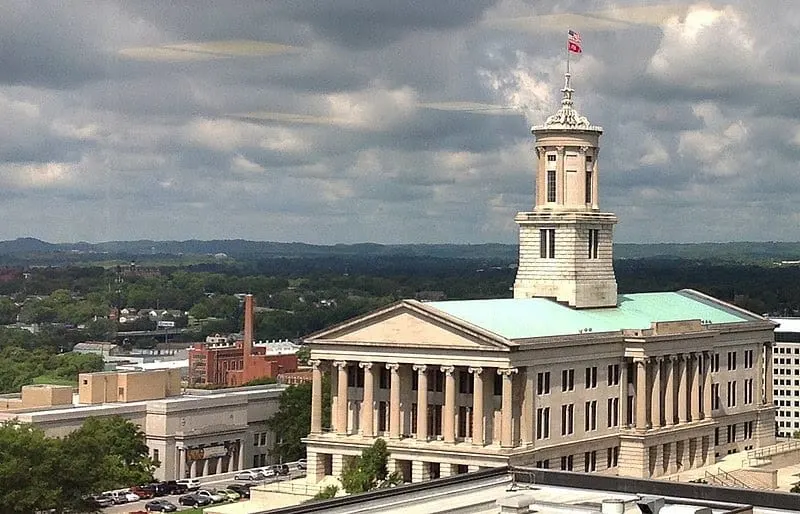
As one of the architects for the North Carolina State Capitol, William Strickland was brought onto the project for the Tennessee State Capitol building. It was constructed on the site of the former Holy Rosary Cathedral in Nashville, which was the first Roman Catholic cathedral in that area.
It was modeled after a Greek Ionic temple, and after Strickland’s sudden death in 1854, he was buried in the north façade of the Capitol. His son Francis Strickland continued the project in his father’s likeness. Two others are buried on the property; President James Polk and his wife were laid to rest on capitol grounds.
Because of the extensive use of stone and the beginning of iron structural support, the American Society of Civil Engineers designated the Tennessee State Capitol as a civil engineering landmark.
9. The Ohio State House
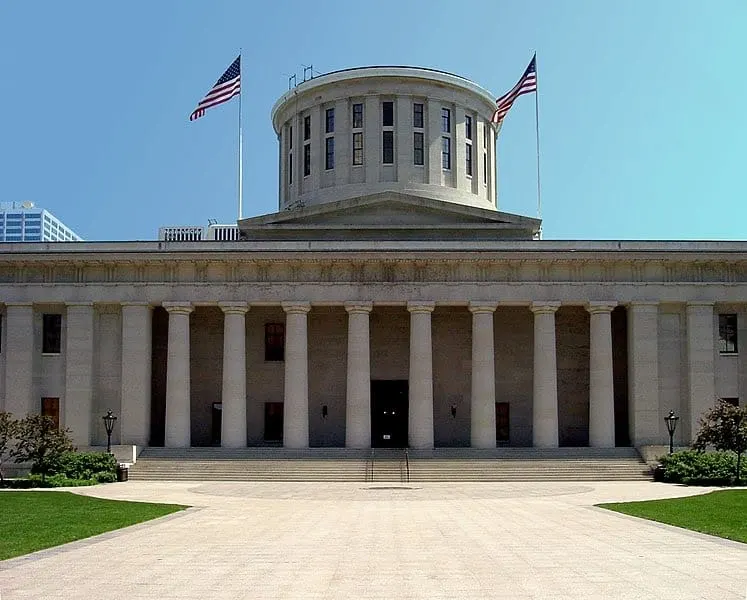
When the Ohio State House was being built, it seemed like it wasn’t meant to truly be. Designed by various architects, construction began on the building in 1839. Since so many architects were on the project, it went through several different styles, and settled on the Greek Revival-style.
There were major setbacks for the next 22 years, such as a cholera epidemic and a fire. The completed basement and foundation was even filled with soil and the Capitol Square became a pasture for eight years from 1840 to 1848.
Finally finished in 1861, the Ohio State House has been serving the state of Ohio for 160 years from Columbus, Ohio.
8. The Vermont State House
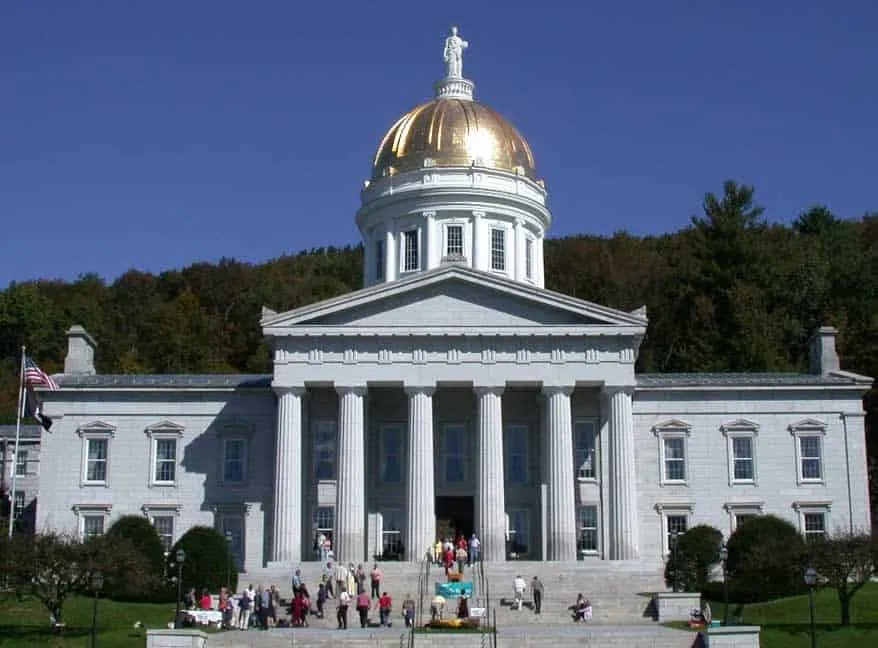
While this state house doesn’t have much of a historical story, it does have an interesting architectural one. The state of Vermont went through many different capitol buildings, all built on the same site in Montpelier, Vermont. The building standing today was first finished in 1838 and created by Ammi B. Young, who used Doric-style architecture to spruce up the design.
Unfortunately, a fire spread through the building in January of 1857, destroying most of it, including the timber interior and dome. Young’s Doric-style was still apparent even under all the ash. When Thomas Silloway was brought onto the project, he respected the original design and amplified Young’s creation to honor it. The building ended up becoming larger than the original, but still leaned heavily on Doric-style architecture.
Silloway did leave his own mark on the Vermont State House, however, and created an elaborate high dome that was covered in copper and gilded with gold leaf. That same dome can still be seen today on the state house. Nothing inside or outside the building had been touched since 1859, until a major renovation happened in the 1990’s.
7. North Carolina State Capitol
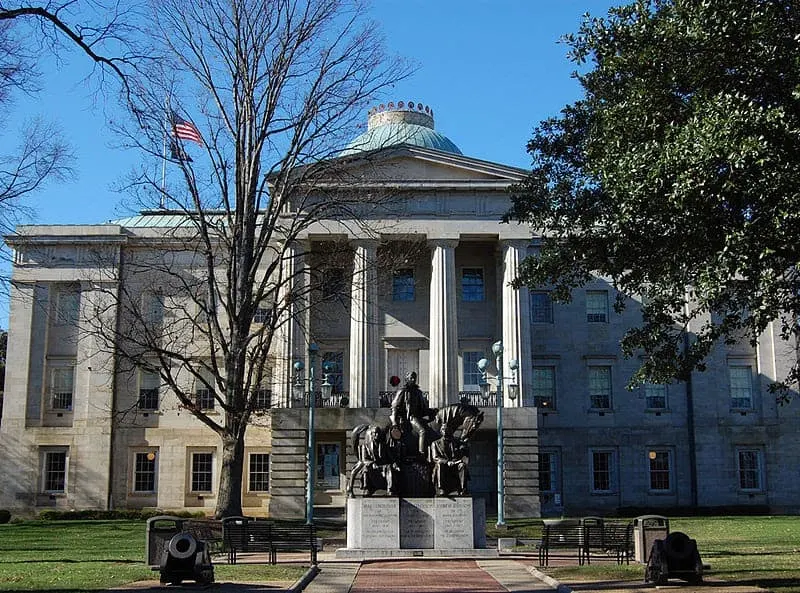
The North Carolina State Capitol building was finished in the middle of 1840 in Raleigh, North Carolina. The original state house burned down in 1831, and after Raleigh was chosen as the permanent capital the new building was constructed on the same plot of land.
The neoclassical design of the Capitol incorporates the styles of it’s many architects, including Ithiel Town, Alexander Jackson Davis, William Nichols Jr., William Strickland, and Scottish-born David Paton. It all comes together to reveal a Greek Revival-style architecture interior and a Doric-style exterior columns modeled after the columns of the Parthenon. The final cost after construction was more than $532,000.
The completion of the North Carolina State Capitol coincided with the Raleigh & Gaston Railroad, and was met with a massive celebration throughout the state.
6. The Maine State House
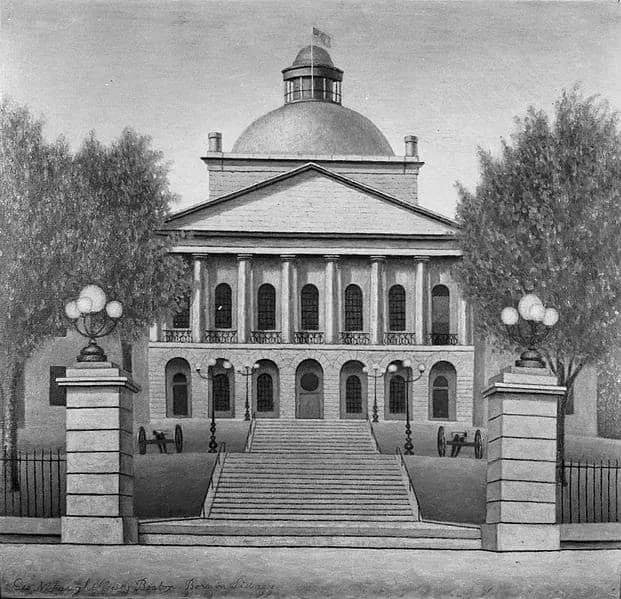
Completed in 1832, this capitol building resides in the then-new capital of Maine, a city called Augusta. It was designed by Charles Bulfinch, the same architect who created the Massachusetts State House. He was placed on the project because they wanted the House to be based on his earlier work to honor Maine’s state history. Maine used to be a part of Massachusetts until 1820 when it claimed statehood.
The building was barely touched, and therefore no major renovations took place until 1909. However, in 1991 a suspected time capsule was located embedded in the capitol building’s cornerstone by a local sleuth with a metal detector. It was decided that they would leave it be until either an important anniversary or momentous occasion came up.
Before finding the older time capsule, another one was buried near the front wall of the Senate House in 1989. It’s to be opened in 2029 in order to celebrate the 200th anniversary of the Maine State House.
5. The New Hampshire State House
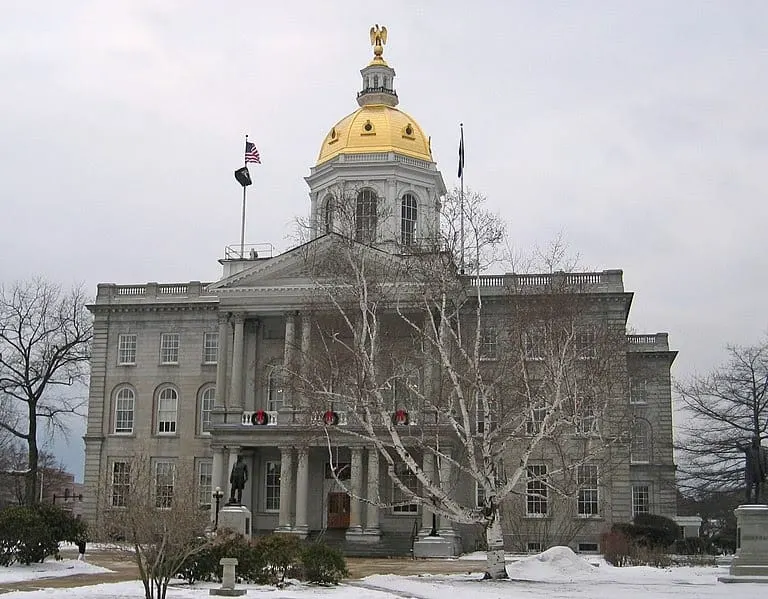
In Concord, New Hampshire, the New Hampshire State House has been serving the state since 1819. It was designed by Stuart Park, and cost around $82,000 to construct. The building itself remained untouched until 1863, when the library was expanded and room made for new departments.
While the New Hampshire State House isn’t the oldest capitol building, it still holds the record for how the legislature still uses their original chambers. It holds another record, not quite so grand, because it’s also the highest architectural point in all of Concord, rising at approximately 150 feet in the air.
4. The Massachusetts State House
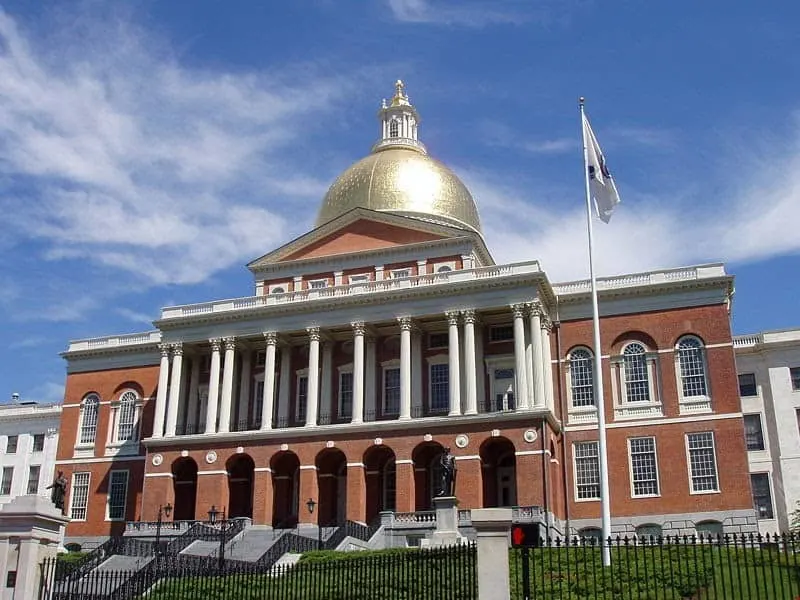
This state house is widely recognized by it’s illustrious dome, which was gilded with 23 karat gold leaf. Created by Charles Bulfinch and finished in 1798, it sits in the middle of Boston and was expanded in 1917 to complete the east and west wings. Today, it’s largely considered a masterpiece of the various Federal buildings in the nation.
The Massachusetts State House didn’t always have a golden glow, though. During World War II, it was painted gray so enemy bombers or ships wouldn’t target it or the surrounding area. The Axis powers never made it over the Atlantic ocean, but it let residents’ minds be at peace during the war.
3. The New Jersey State House
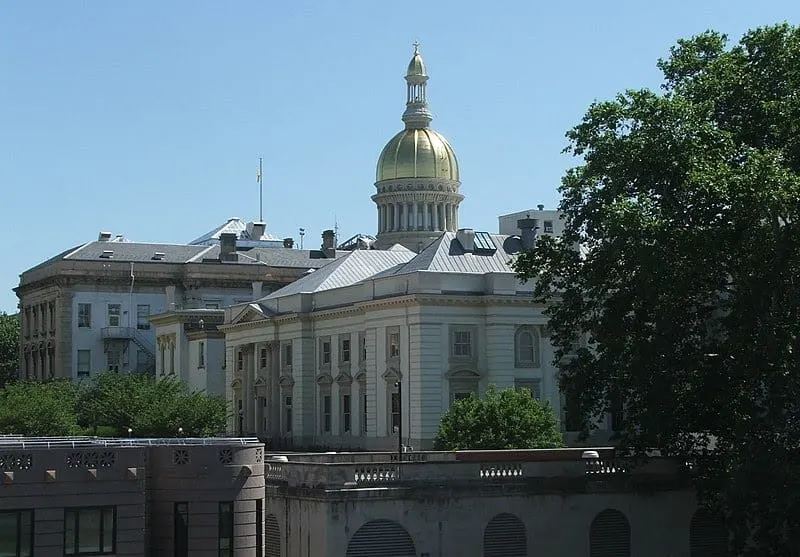
Designed in 1792 but Jonathan Doane, the New Jersey State House lies near the border of New Jersey and Pennsylvania. The site it was made on was 3.75 acres and cost 250 British pounds, which equals to about 400 US dollars today. It’s been renovated and extended seven times since it was originally built.
Since it’s in Trenton, New Jersey, it’s proven to be the closest capitol building to a state border, with a bridge to Pennsylvania only a few blocks away.
2. Virginia State Capitol
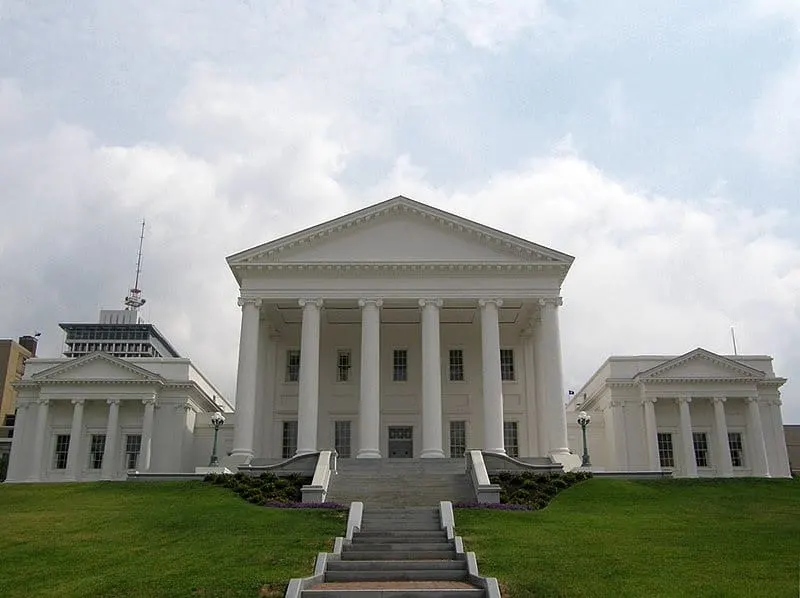
Before 1779, Virginia had a simple, temporary wooden building for their congress, until the state capitol was moved from Williamsburg to Richmond. Thomas Jefferson, who was later the third president of the United States, designed the permanent structure. He modeled it after the Maison Carrée, an ancient Roman temple that resides in Nîmes, France.
After procuring the services of Charles-Louis Clérisseau to draft the building, it became the only other building besides the Vermont State House to accurately resemble an ancient model. The Virginia General Assembly convened for it’s first Session in 1788.
The Virginia State Capitol has been expanded upon at various points in it’s life, and now Jefferson’s original building is only the middle section of the masterpiece. The Capitol even has an underground extension to allow for more working space. In 2004, the General Assembly granted funds to restore the interior and exterior of the building, which was finished in 2007.
1. The Maryland State House
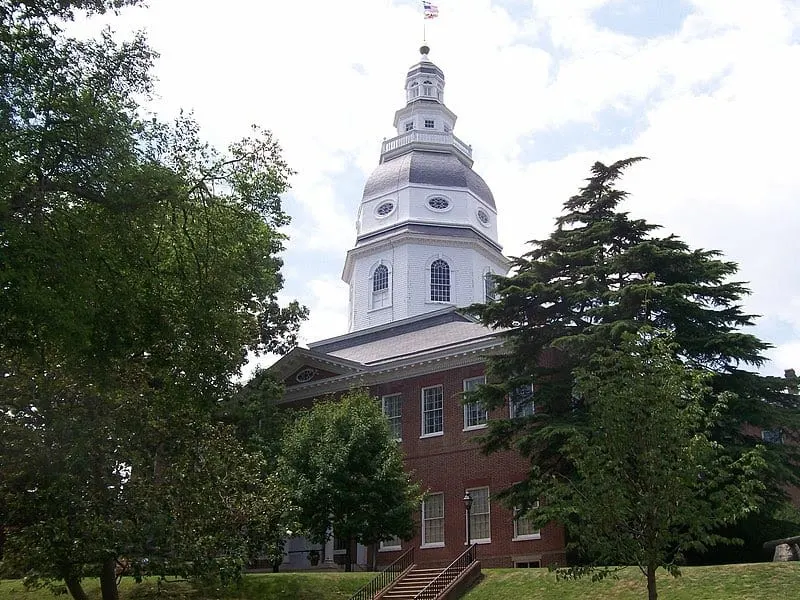
The construction for the Maryland State House began before the Revolutionary War in 1772, finishing in 1797. It resides in the city of Annapolis, and was originally designed by Joseph Horatio Anderson.
This is the only capitol building that also served as the nation’s capital. For almost a year from November 26, 1783 to August 13, 1784, the Continental Congress came together to discuss national matters. They used the Old Senate Chamber, which was one of the few sections that was fully constructed at that time.
The Treaty of Paris, the document that ended the Revolutionary War, was signed by the Continental Congress inside the capitol building. The Maryland State House is also the place where George Washington formally resigned his position as commander-in-chief of the continental army, before becoming president in 1789.
